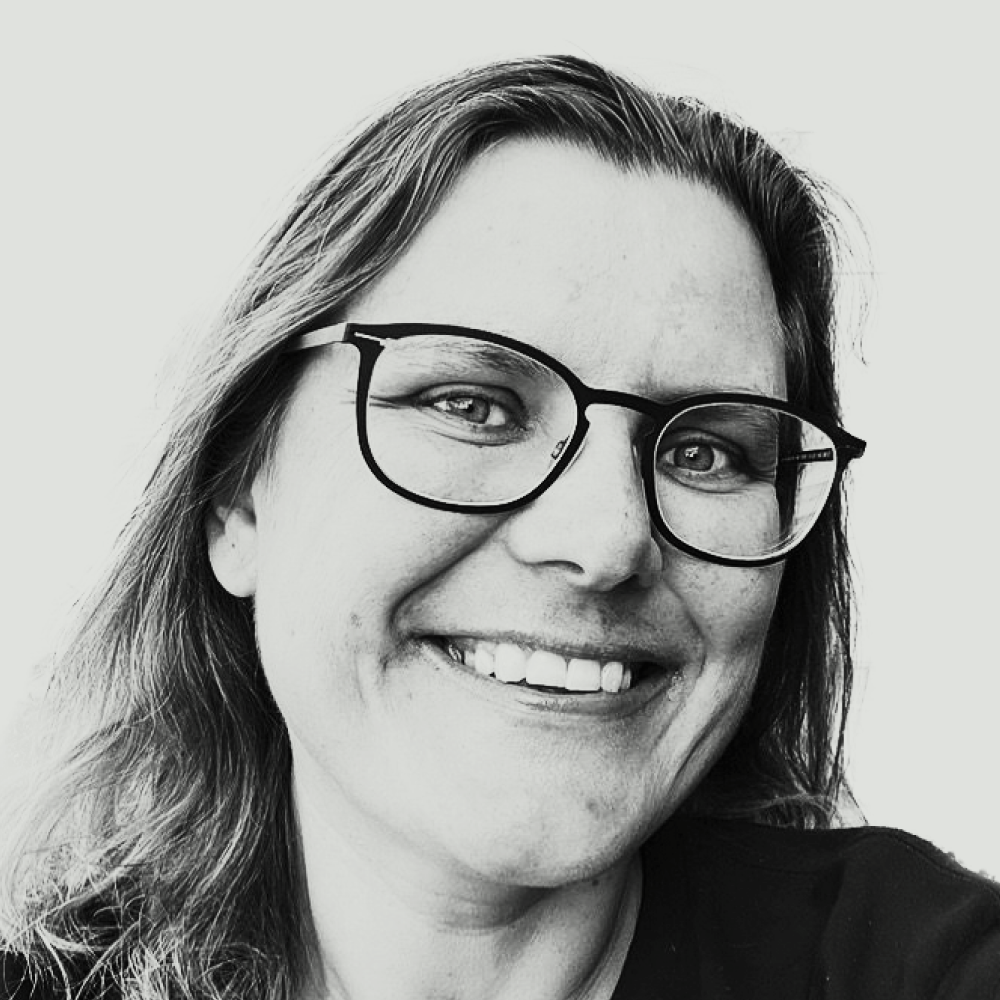For every stage of the 2024 Tour de France – men’s and women’s – José Been is bringing you stories about the history, castles, geology, culture, food, and people around the race. A bit of couleur locale while you enjoy lush fields of sunflowers, beautiful mountains, and pretty little villages, oh, and some bike racing too.
Today’s stage starts in Nuits-Saint-Georges. Apparently there are 80 place names in France named after Saint George so who was he? English readers will probably know a Saint George because he is the patron saint of England, and Sant Jordi of Catalunya. That is the martyr who was canonized in the Catholic Church. Most of the stories about George are legends including the one with the famous dragon.
However, there are more saints named George. If you buy a French agenda (weekly planner), a paper one, it often still has the name days in it. Every day is dedicated to one specific saint to venerate on that day. People named after that saint also have a special day that day. It’s like an extra birthday, or it is your birthday if your parents named you after the saint of that day, which was the custom in many parts of France.
Up until 1993 France had a mandated list of names. That law stemmed from 1803 and was installed by Napoleon Bonaparte. He decreed that French babies should have French names, which mostly meant the names of the saints of the Catholic Church. Napoleon himself wanted a patron saint to enable him to celebrate his name day, so the cardinal of the day came up with Neopolis, a third-century Roman martyr who had resisted Emperor Maximian. This saint, whose very existence is quite doubtful, was then declared to be St. Napoleon.
Back to French names. The list of name options expanded when, in 1993, parents received the right to choose any name for their child. French officials, however, retain the power to reject a name if they decide it goes against the best interests of the child.
One name that was rejected was “Nutella.” She was to be renamed Ella. A couple in Perpignan wanted to name their son “Mini Cooper.” The judge ruled that it would cause the child a lifetime of mockery. In Brittany a couple clearly fond of boats wanted to name their children “Babord” and “Tripord” (“Port” and “Starboard” in French). In 1999 a judge decided that the Renaud family were allowed to call their daughter “Mégane” as in “Mégane Renaud,” not to be confused with the car model Renault Mégane.
Our finish town Gevrey-Chambertin is the home to nine of the 33 Burgundy Grand Cru AOC. We are talking wine. Gevrey-Chambertin lies in the far north of the Cote des Nuits wine region, some 15 kilometres south of Dijon. The winemaking area incorporates 210 hectares (770 acres) of land and exclusively uses the red grape pinot noir.
It’s said that Burgundy’s first vines were planted here in the 1st century BCE. The wines produced here can be drunk young but are well suited to be stacked away to age. And the older the wine, the more exclusive the Grand Cru and the smaller the production, the higher the price. I found bottles up to €12,000 on wine investment websites because yes, people also invest in wine. They could of course just drink it and watch the riders suffer in their time trials today.
Cheers everyone – it is Friday after all.
Did we do a good job with this story?

